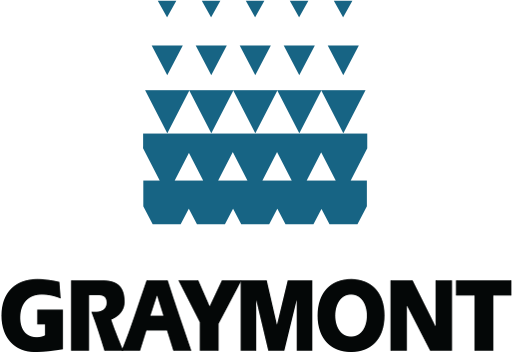Lime materials such as quicklime or hydrated lime, can be used for the treatment of solids from dairy effluent ponds and for stabilizing soils for the construction of dairy effluent ponds.

Lime products can be applied when treating dairy effluent pond sludge for further processing or storage. Under the appropriate conditions lime will dewater sludge and correct sludge acidity which may assist with sludge decomposition.
When constructing dairy effluent ponds, lime products can improve the engineering properties of soils. There are essentially two forms of improvement: soil modification and soil stabilization. The use of lime can modify almost all fine-grained soils to some extent, and the most dramatic improvement occurs in clay soils of moderate to high plasticity.
Modification primarily occurs due to the exchange of calcium cations supplied by the hydrated lime. The clay surface mineralogy is altered as it reacts with the calcium ions to form cementitious products. This will result in a decrease in plasticity and a reduction in swelling and moisture-holding capacity, ultimately leading to improved stability.
For further information regarding applications and size grades, please refer to the related products under the Product Section of our website or please contact our sales team.
